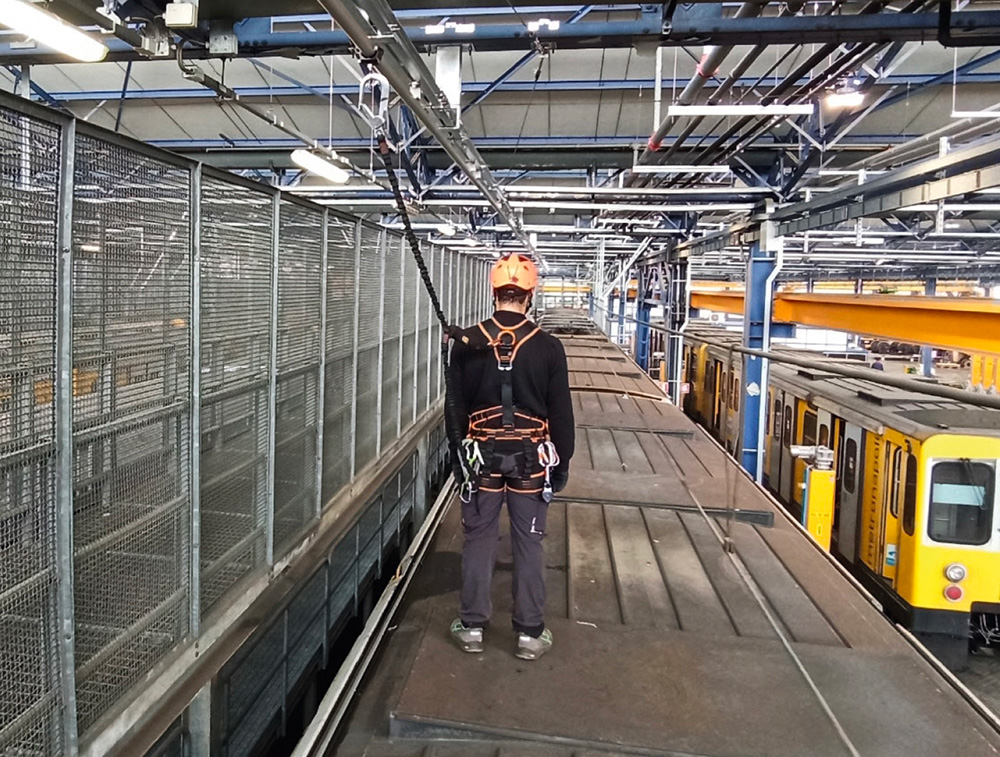
-
— Our values
Your SAFETY
is our missionEnsuring safety in our daily work is crucial for our well-being, future growth, and overall success. At TLB, we have made this belief a mission and have been pursuing it since 2005 alongside construction companies and technical firms’ health and safety officers, as well as telephone companies, telecommunications companies, antenna masking installers and antenna designers.
-
— Our values
It's all
about experienceThe path we have chosen is always bringing new challenges, enabling us to push boundaries by tackling a wide variety of projects. With our in-house workshop and our experience, we can come up with solutions tailored to your requirements, offering projects developed ad hoc.
-
— Our values
The distinctive METHODTogether step by step towards the best result. We provide tailor-made solutions, always guaranteeing a flawless service.
We are aware that each project is unique, therefore from the design phase to manufacturing and installation, we take care of all details in order to perfectly match the customer’s specific requirements. What sets us apart is the total in-house management of each project phase, guaranteeing consistency, quality and precision at every step of the process. -
— Our values
A PARTNER you can count on
Whether you are a business, construction company, engineering practice, OHS manager or manager of a condominium, we are just the partner you need. Leave it to us to make your roofs, machinery and work areas safe, delivering reliable and fully compliant solutions to meet every need.




Optimise information on each fall protection system
We have developed TLB+, an online platform designed to give you quick and easy access to useful information on each fall protection system installed on site.

Reviews
Dan, Chief Designer — “Hub began as a collaborative architectural and landscape workshop, and has remained true to its trans-disciplinary way of thinking since its inception.”
Dan, Chief Designer — “Hub began as a collaborative architectural and landscape workshop, and has remained true to its trans-disciplinary way of thinking since its inception.”
Dan, Chief Designer — “Hub began as a collaborative architectural and landscape workshop, and has remained true to its trans-disciplinary way of thinking since its inception.”
Dan, Chief Designer — “Hub began as a collaborative architectural and landscape workshop, and has remained true to its trans-disciplinary way of thinking since its inception.”
Get
a quote
Fill out the form for more information; our technical department will get back to you within one working day.



























































